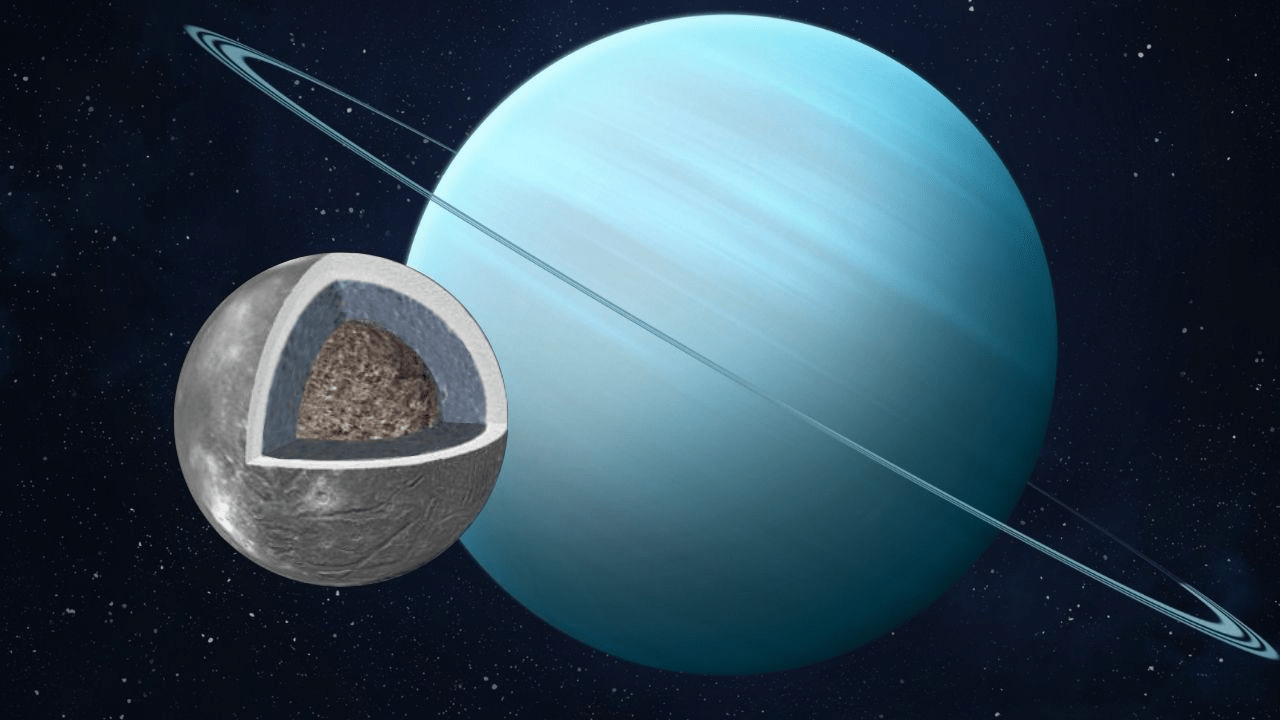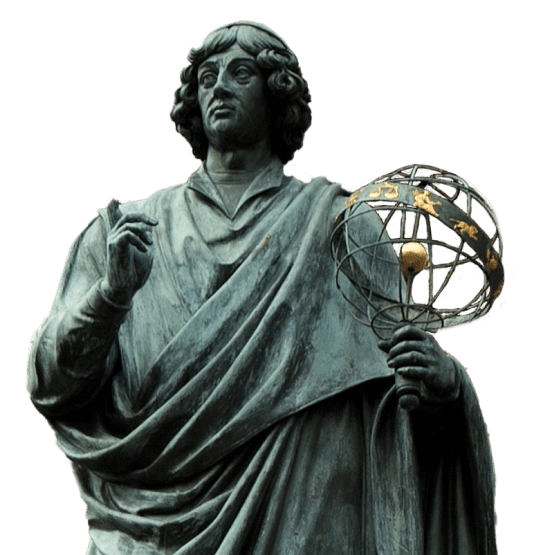New research indicates that Ariel—one of Uranus’ moons—may have once harbored an ocean up to 170 kilometers deep beneath its icy surface. By comparison, the average depth of the Pacific Ocean is just 4 kilometers. The findings were published in the journal Icarus.
Ariel, the fourth-largest moon of Uranus and its brightest satellite, has a surface full of contrasts—from very old craters to relatively young areas that may have formed through cryovolcanism. It also features numerous faults, ridges, and extensive fractures, suggesting intense geological activity.
The research team analyzed the surface shape and the effects of tidal stresses caused by Ariel’s orbit around Uranus. Their computer model indicated that the moon’s orbit was once much more eccentric, which combined with the presence of an ocean, could have led to the formation of observed crustal deformations. This is the second article by the team analyzing Uranian moons—earlier scientists presented similar results for Miranda. The researchers suggest that both moons could be “ocean worlds,” like Europa and Enceladus.
This discovery brings scientists closer to understanding the evolution of oceans in the outer parts of the Solar System.






